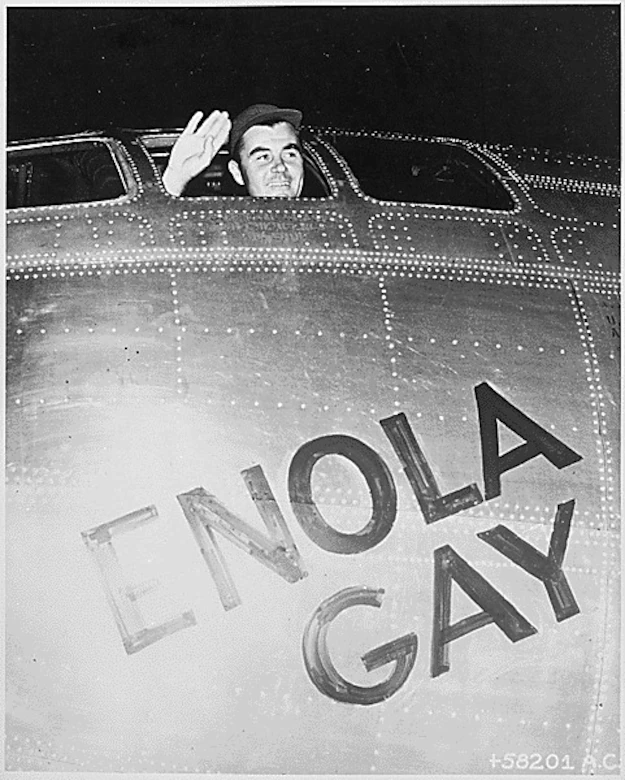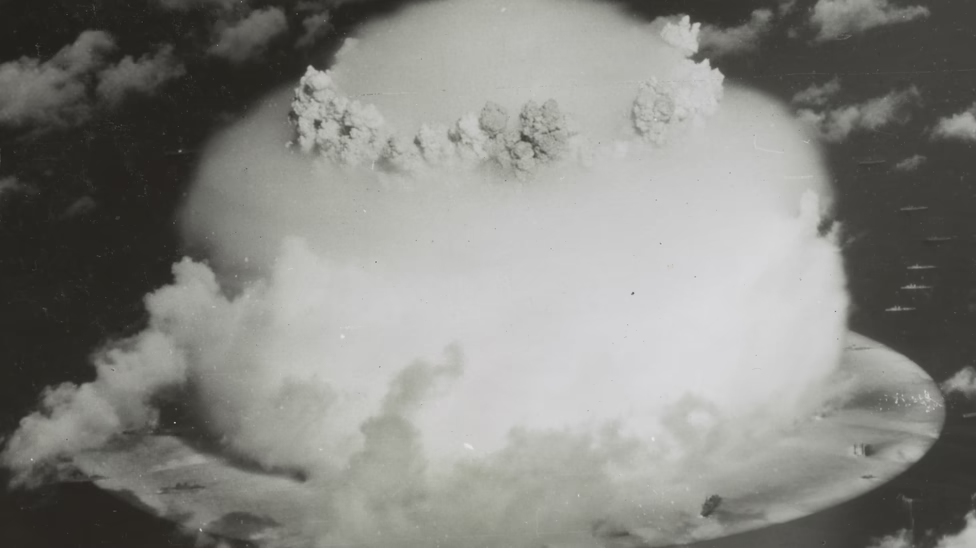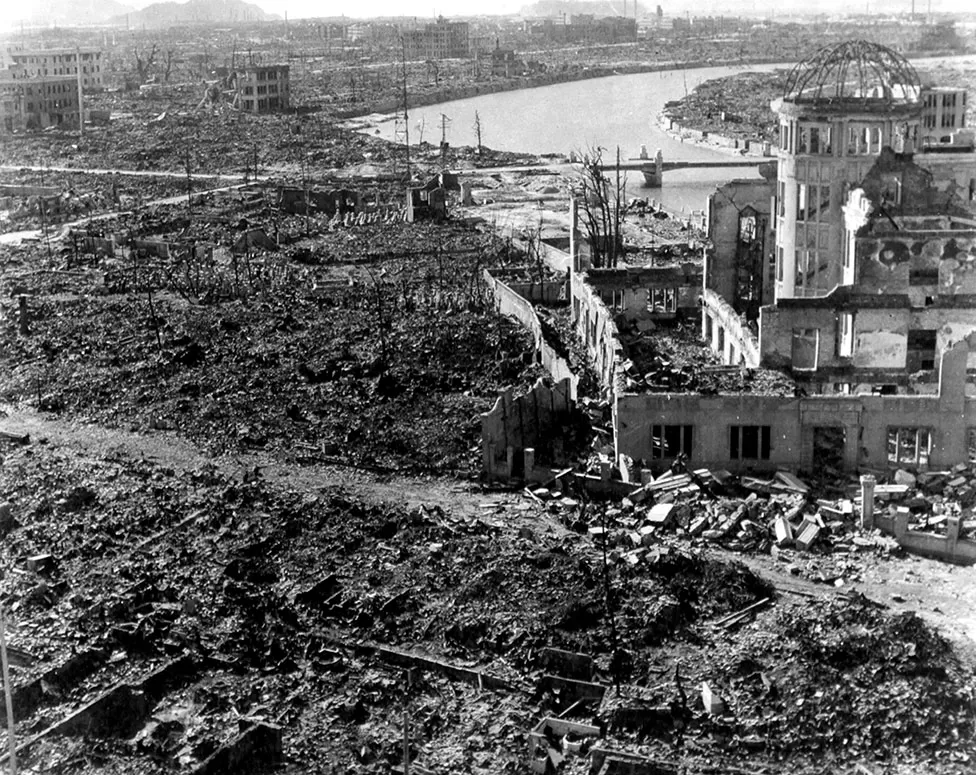Stand By Perspectives
After Paul Tibbets, pilot of the Enola Gay, released the first bomb on Hiroshima, he flew away as fast as he could. The book The Countdown 1945, The Extraordinary Story of the Atomic Bomb and the 116 Days That Changed the World, written by Chris Wallace, said, “The craft was still far from safety. Tibbets braced for shock waves, wondering if the plane would withstand the impact. Were these their final moments? With his back to the city, Tibbets couldn’t see the destruction, but he knew it had to be bad--he could taste it. His teeth tingled, his mouth filled with a leaden flavor. This must be what radioactive forces must taste like, he thought.”

Tibbets In Enola Gay plane, 2020, U.S. Department of Defense
“The shock wave smashed into the plane nine miles east of Hiroshima. The B-29 shuddered and groaned. The crew shouted, wondering if the Enola Gay would break apart in midair. The racket the plane was making reminded Tibbets of antiaircraft shells that exploded near his plane during combat missions in Europe and North Africa.” -Countdown 1945, The Extraordinary Story of the Atomic Bomb and the 116 Days That Changed the World

Atomic Bomb Blast, 1945, The Atlantic
As the crew of the Enola Gay experienced the bomb as they sped away, “Ferebee, the bombardier, could see ‘parts of things actually moving up in the cloud--parts of buildings, rubbish, boiling dirt.’ For Richard Nelson, the cloud was so ‘huge and high’ it threatened to swallow the plane.”
-Countdown 1945, The Extraordinary Story of the Atomic Bomb and the 116 Days That Changed the World
“Lewis was stunned. Moments ago he’d seen a lively city, with boats in little channels, trolley cars, schools, houses, factories, stores. Now it all was obliterated. It was ‘just a huge mass of clouds and debris and smoke and fire all mixed together.’ So he turned to his log, the one he was keeping for the New York Times reporter, and wrote, ‘My God, what have we done?’”
-Countdown 1945, The Extraordinary Story of the Atomic Bomb and the 116 Days That Changed the World
Atomic Blast Effects Video, 2018, YouTube
"When a bomb goes off, the flash actually enables you to see the bones in your own hands through your closed eyes, like an X-Ray. . . . Then the heat hit you and it came in through the back and it felt as if someone had turned a fire-bar inside you and it gradually got hotter and hotter."
-Douglas Hern
Many young soldiers, now atomic veterans, were on an aircraft carrier near New Mexico, the testing area, and were told to close their eyes and cover their face with their hands or put their face in the crook of their arm. They were told this to protect their eyes from the immense blast of light and radiation that would soon explode in the air around them. They later said that the explosion was so bright that they could see their bones through their closed eyes and hidden faces. Douglas Hern, an atomic veteran, even said that the word frightened was an understatement of how he and many others on the ship felt at that moment.
Another perspective was that of the Japanese during the tragic event. About the aftereffects itself, Takehiko Kumami, who wrote the book The Atom Bomb!; The Memoir of a Banker Who Barely Escaped with His Life, stated, “Many injured lay in the streets. From what we could see on our way to the hospital, surprisingly few had died straight away. All the people we saw still seemed to be alive. Gravely injured people squirmed in agony as they called out faintly for help. People with burns were all crying for water. By the river banks, which had been destroyed by the blast, we could see wounded people bending over to take over water from the river. The mass of hurt, writhing bodies looked like fish put out to dry in some village square.”

Atomic Bomb Aftereffects, 1945, BBC News